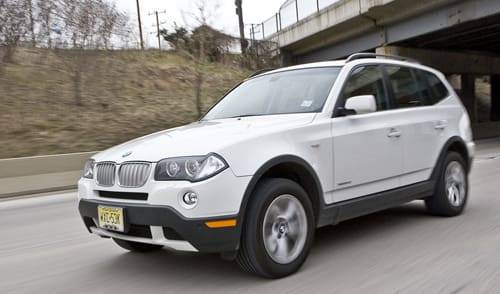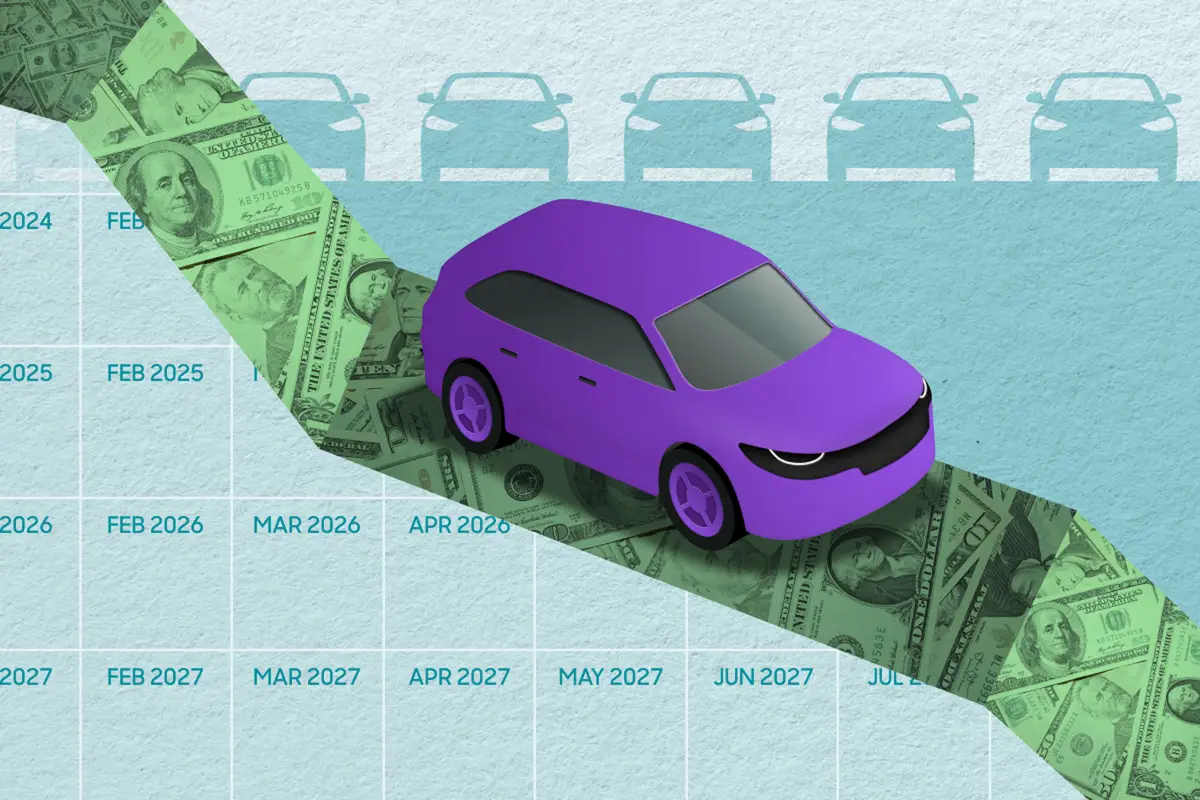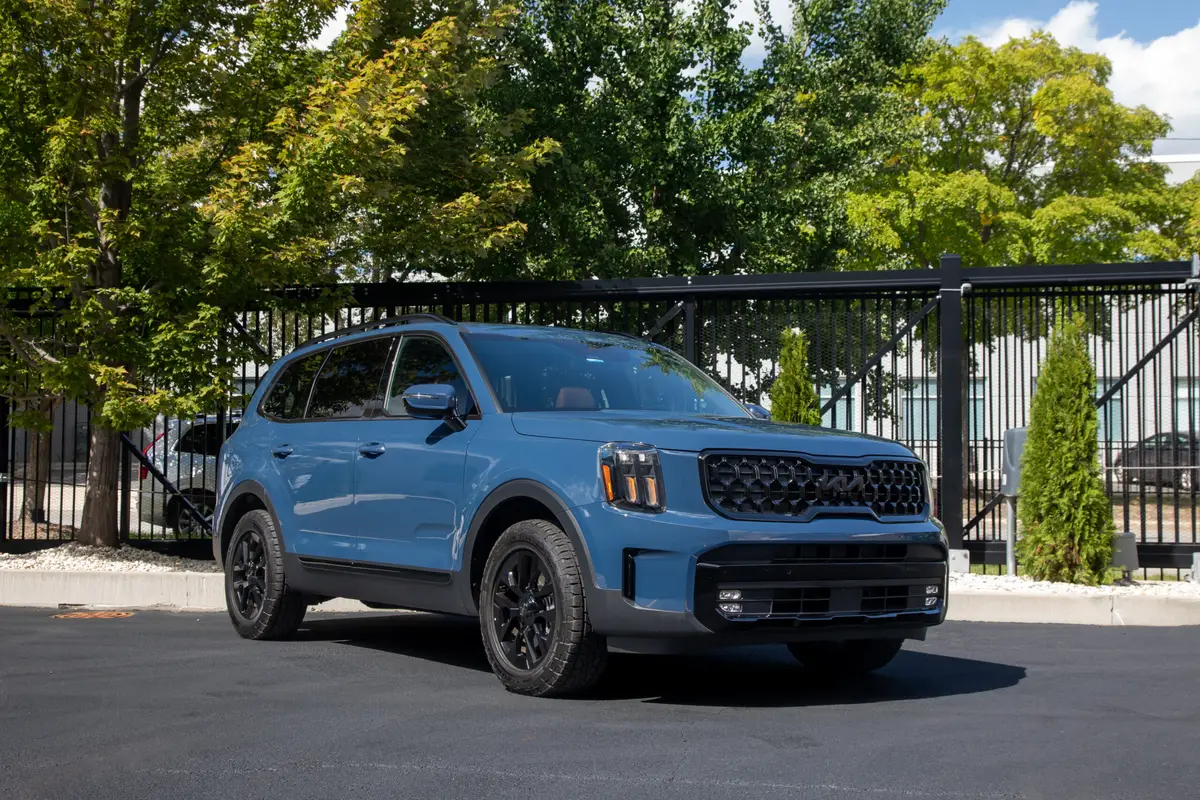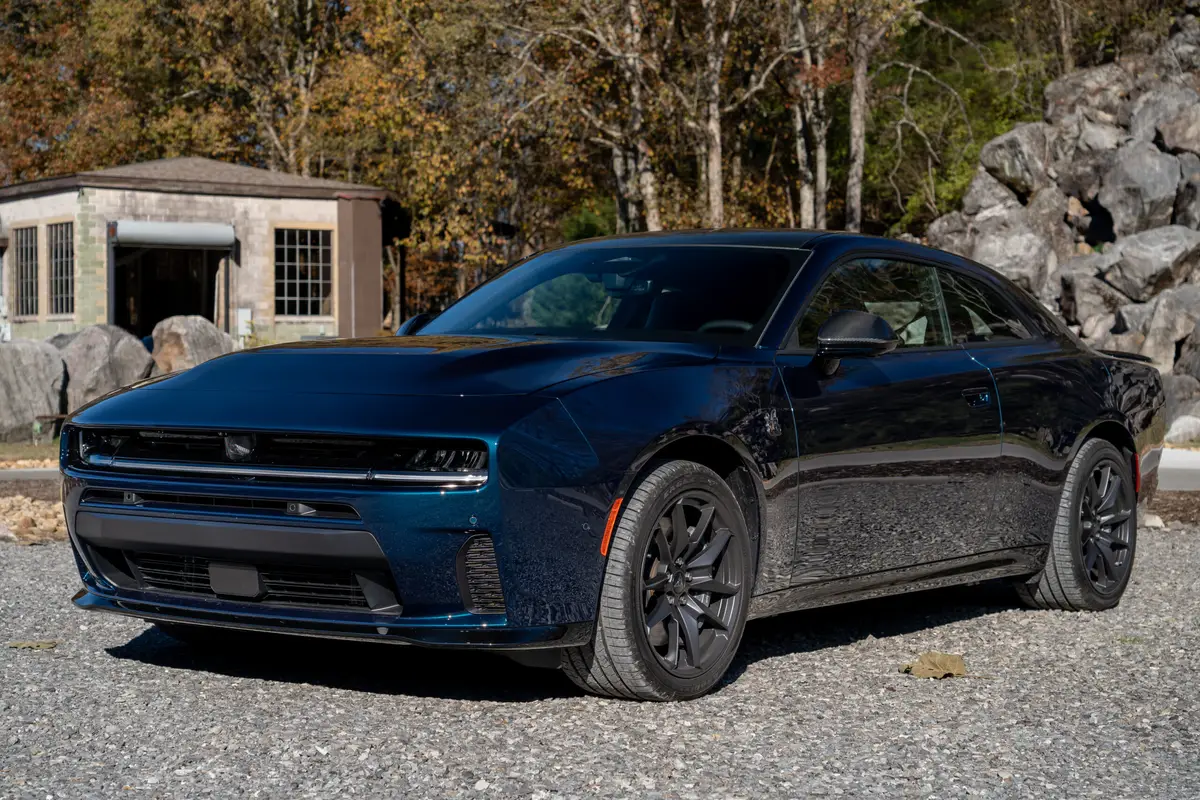Cars.com Mileage Challenge 4.2: Sport Mode


Yesterday, we outlined the routes and cars for our latest mileage challenge: about 315 miles, mostly highway, in northern Illinois and southern Wisconsin. We’ll report the full results tomorrow; today, we’re looking at the effects of Sport mode, something many luxury cars and an increasing number of non-luxury models offer. The X3 and LR2 both had it, activated by moving the shifter from Drive to the manual-shift gate.
Similar to the Power mode offered on some old automatics, Sport mode raises shift points, downshifts more aggressively and, in some cases, locks out the topmost gear. (Don’t confuse it with sportier suspension settings, which are offered on some cars with high-tech active or adaptive suspensions.) The effect is better low-end acceleration and swifter highway passing power — in short, sportier driving.
There’s no such thing as free lunch, of course, and you’ll pay for Sport mode in gas mileage. Staying in lower gears means the engine turns faster, which uses more fuel.
How much does Sport mode hurt mileage? Neither Land Rover’s Kim Binder-Daniels nor BMW’s Dave Buchko could offer up any internal estimates, so we set out to see for ourselves. We ran Leg 3 of our four-leg trip — 97 miles — in Sport mode, then compared it to Leg 2, where each driver kept the same car but left the transmission in Drive. The fuel economy results came off the trip-computer gas mileage readouts, which we reset to start each new leg.
Alas, neither Mother Nature nor Father Traffic cooperated. Leg 2 ran north from Chicago to Milwaukee, a route slowed in many areas by 45-mph road-construction speed limits. Leg 3 ran southwest to Rockford, Ill., with no such limits. Then came the wind: Weather.com pegged headwinds in the high teens during Leg 2, with substantial tailwinds in Leg 3. Lovely.
We would have discounted our results entirely, were it not for the Volvo XC60. Its Sport mode is optional, and our test car didn’t have it. Conveniently enough, it became our control example.
Leg 2, Chicago to Milwaukee (N), beginning 10:15 a.m.
Conditions: 46 degrees and overcast, headwinds (from N/NNE) at 14 to 19 mph
- BMW X3 (Drive): 107 miles, 51.8 mph average, 24.0 mpg
- Land Rover LR2 (Drive): 95 miles, 51.8 mph average, 22.9 mpg
- Volvo XC60 (Drive): 95 miles, 52.3 mph average, 21.2 mpg
Leg 3, Milwaukee to Rockford, Ill., (SW) beginning 1:15 p.m.
Conditions: 47 degrees and overcast, tailwinds (from NE) at 9 to 18 mph
- BMW X3 (Sport mode): 98 miles, 63.2 mph average, 23.0 mpg
- Land Rover LR2 (Sport mode): 96 miles, 61.9 mph average, 23.8 mpg
- Volvo XC60 (Drive): 97 miles, 61.9 mph average, 22.7 mpg
What can we glean from this, apart from the fact that a certain editor in his X3 overshot the exit in Leg 2 and needed to double back, adding 12 miles? In our run, it appears BMW’s Sport Mode hurts mileage more than Land Rover’s. (Indeed, the X3 locked out 6th gear most of the time in Sport; the LR2 allowed 6th but downshifted more aggressively to 5th.) If you chalk up the XC60’s mileage gains — roughly 7 percent — as a baseline to account for the wind shift and speed differences, Sport mode cost the LR2 about 3 percent in real-world highway mileage. In the X3, it cost 11 percent.
Don’t read into this too much, of course — this is but one test with two cars. But it’s certainly food for thought. Ready for more? Stay tuned for tomorrow’s full results.
2009|BMW|X3
2009|Land Rover|LR2
2010|Volvo|XC60

Former Assistant Managing Editor-News Kelsey Mays likes quality, reliability, safety and practicality. But he also likes a fair price.
Featured stories

15-Year Car Loans Aren’t a Thing, But Americans Are Getting More Comfortable With Long Loan Terms

2025 Kia Telluride Review: Rougher Roads Ahead



